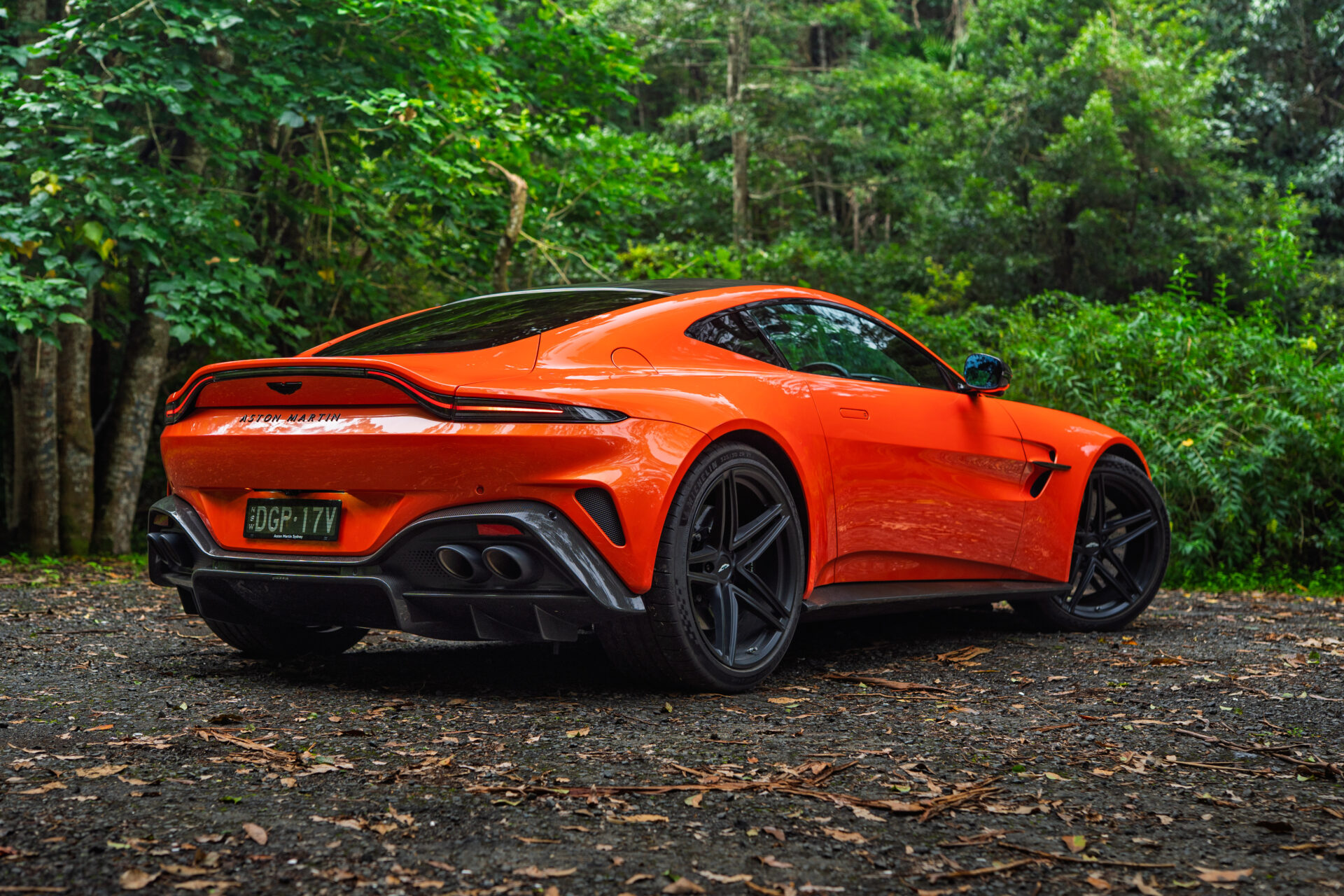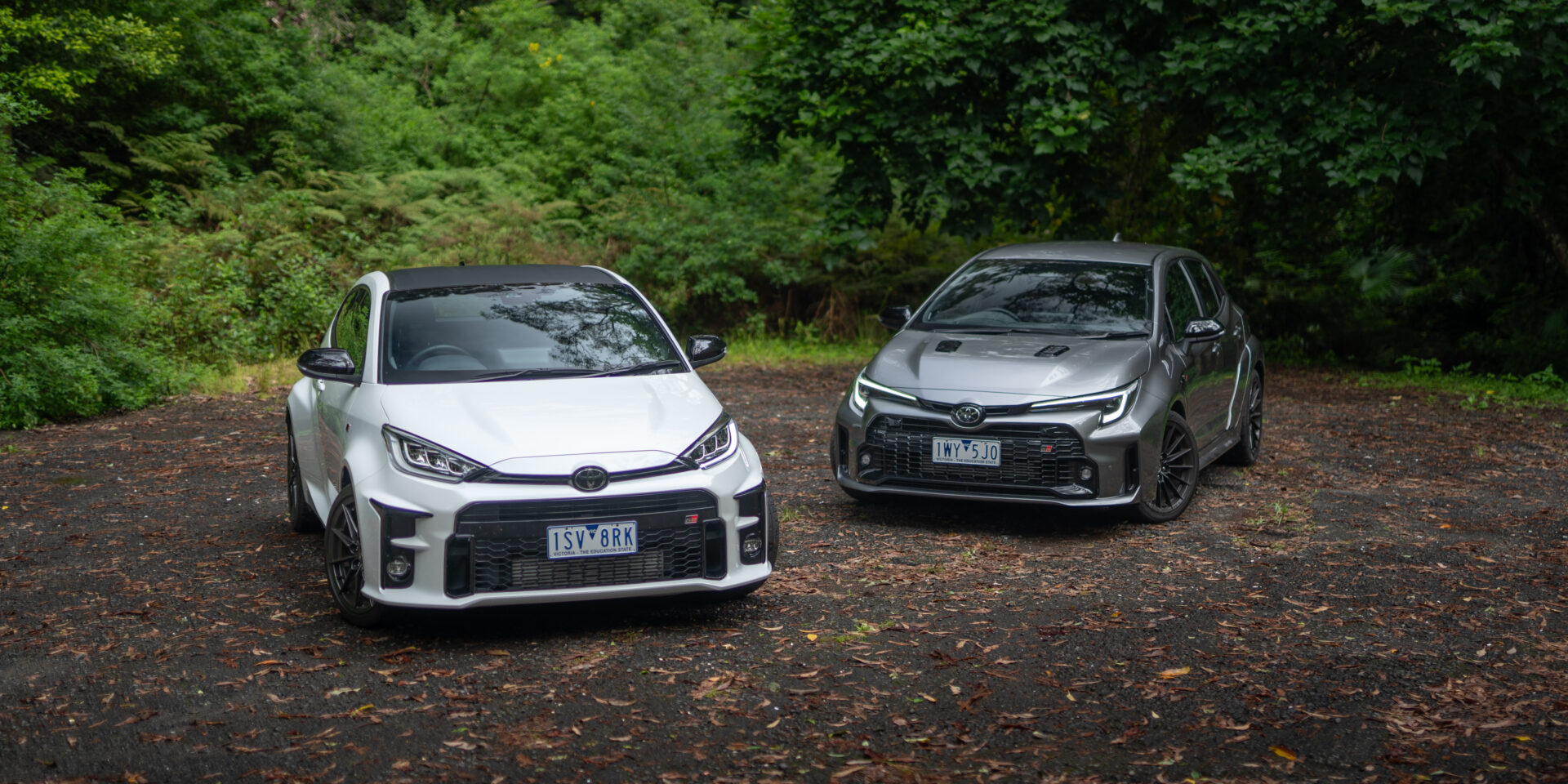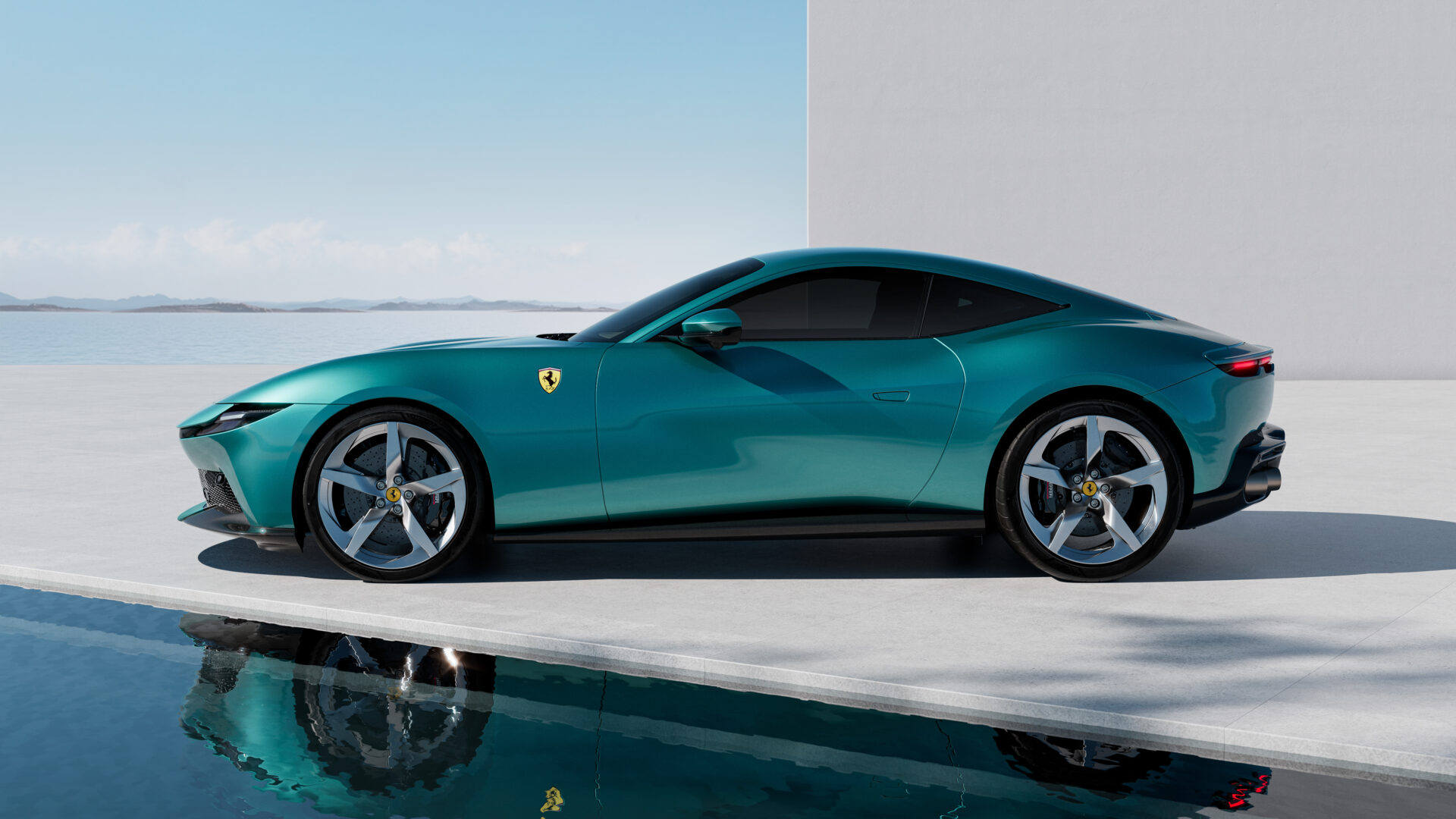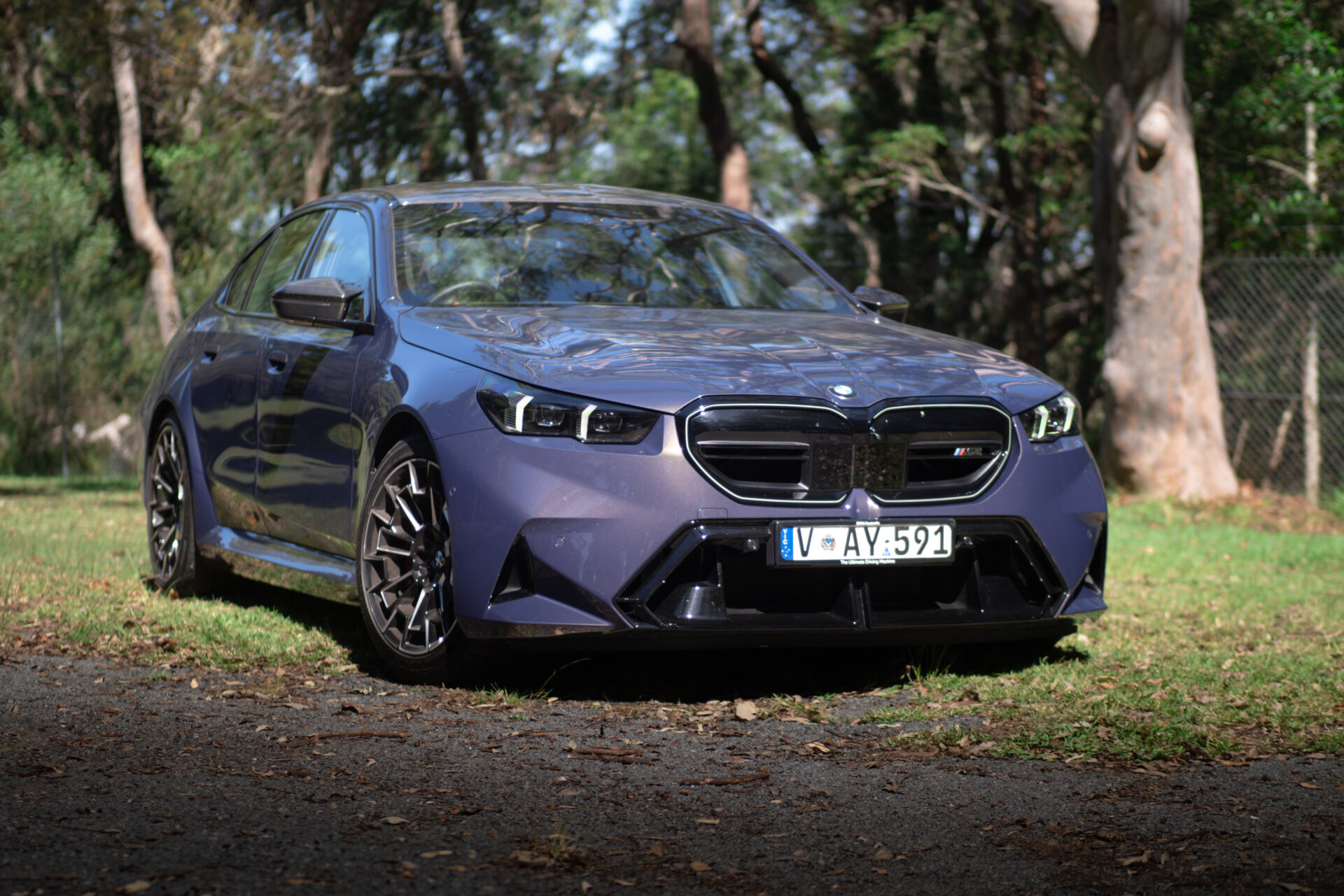
The new 2020 Audi A1 has finally made its way here to Australia. It might be small, but it heralds a massive new product push for the German brand.
It’s hard to believe but the original A1 arrived in 2010, a whole decade ago. It was a long time coming since BMW had been in the small car game with Mini for ages.
Now for 2020 we have three A1s to choose from and they come with a stack of gear, with pricing kicking off at $32,350.
Want to know how it drives? Click here
The A1 Range
Audi has split the range with its three engine specifications, the 30, 35 and 40.
[table id=46 /]



For $32,350 you’ll score yourself the 30TFSI. That seems like a lot, because it is, but you can’t get a Mercedes or BMW this cheap, can you? Powered by a 1.0-litre three-cylinder turbo you get 16-inch alloys, cruise control, front and rear parking sensors, reversing camera, auto headlights and wipers, cloth seats and a leather steering wheel. The dash is a new digital dashboard that isn’t Virtual Cockpit but is 10.25-inches. Audi seems to have ditched analogue clocks.
The 8.8-inch touch screen hosts MMI radio plus with Apple CarPlay and Android Auto. Charging includes 2 USB ports, 1 USB-A and one USB-C.
You can also add Style Packages for $2990. It’s worth it (well, almost) just for the LED headlights, but you get 17-inch wheels, interior lighting package and heated-folding-electrically adjustable mirrors.

For $35,290 ($2940 more) you step into a 35TFSI powered by a 1.5-litre turbo four. Upgrades fromt the 30 include 17-inch alloys, keyless entry and start, different cloth trim and headlining, power mirrors, Qi wireless charging pad and a front centre armrest.
The $2990 Style package 2 is also available with LED headlights, 18-inch alloys, interior lighting package and heated-folding-electrically adjustable mirrors. Package 1 has an LED colour lighting package and the cool 7-spoke rotor design 18-inch alloys and is the same price.
A Technik Package ($3200) is available on the 35TFSI, adding MMI Navigation, Virtual Cockpit instrument pack, Audi Connect Plus, Audi sound system, luggage compartment package and wireless Apple CarPlay. You can spec LED headlights separately.
And finally, the $46,450 40TFSI. It’s a big jump, but it comes with 18-inch alloys, S-Line exterior pacakge, LED headlights and taillights, dual-zone climate control, sport suspension with dynamic damping, red brake calipers, interior lighting package, heated rear vision mirrors, sport front seats and the full-house 10.25-inch Audi Virtual Cockpit.
The MMI screen jumps to 10.1-inches and features Audi Connect Plus and navigation. Along with the wireless charging pad you also get wireless Apple CarPlay, which is awesome.
There is the usual long list of options. Special paint is $450, metallic is $990, the contrasting black roof is $890, the black package for $790, various cloth upgrades between $280 and $500 and whatever is in each package can, for the most part, come on its own for a price.
Safety
Audi has gone to town with safety on the A1. Like most cars at this level you get six airbags, ABS, stability and traction controls. Audi has thrown in forward AEB and collision warning (which they call pre-sense front) and lane departure warning with lane keep assist.
Drivetrains
[table id=47 /]
The 30TFSI is Audi’s 1.0-litre three-cylinder turbo, offering 85kW and a very respectable 200Nm. That delivers you a 0-100km/h time of 9.4 seconds, which isn’t bad for such a small engine. The official combined cycle figure is 5.4L/100km.

Stepping up to the 35TFSI nets you a fourth cylinder and another half a litre to bring the capacity to 1.5-litres. Power rises significantly to 110kW and torque jumps to 250Nm. That lops 1.7 seconds off the sprint to 100km/h and fuel use is only up to 5.8L/100km.
The 1.0-litre and 1.5 deliver power to the front wheels via a seven-speed twin clutch (Audi calls DSG S tronic).

The top of the range 40TFSI boasts a 2.0-litre TFSI packs 147kW and a nice chunky 320Nm. 0-100km/h comes up in 6.5 seconds, which is heading towards hot hatch territory. Instead of the seven-speed, the 40 loses a gear and ships with a six-speed twin clutch.
Look and Feel



The new A1 is bigger than before – Audi says it’s “one size up”, so think Volkswagen Polo rather than slightly bigger than a VW up!. It’s now 4.03m, up by 56mm, still 1.74m wide and 1.41m tall. The wheelbase is longer too, at 2.56mm.
It’s chunky boy and I like it. I really like the ur-Quattro reference in nose as well as the big grille. Everything is nicely proporitioned on the A1 and even in basic 30TFSI guise without all the bits, it looks good. The LED daytime running lights are especially cool and I like the way the light lenses are flush and shapely.



It’s new dash design is really different to the old car. The first A1 had those circular air vents that made the dash look like it was – and my wife said this – sporting a pair of breasts. It was a pretty interior.
The dash is dominated by big vents either side of the instrument cluster and in front of the passenger. The top of the dash is flat but if you look down on it, shaped a bit like the TT’s wing-inspired dash. A big touchscreen is built into the dash, too, instead of sticking out of it, which I much prefer. Like the A7 and A8, the screens go deep black when they’re off but look amazing when they’re on.



Thing is, though, it feels like a design meant for a bigger car. I liked it at first, but a day behind the wheel did bring home its visual weight. No big deal, it’s not overpowering.
From some angles – and this might be colour sensitive – the S-Line package looks a little overwrought, but I’ve only seen it in that blue and yellow you can see in these pages.
Rear headroom rises by 7mm, shoulder room by 26mm and headroom by 29mm, meaning the back seat is a bit more comfortable for actual real humans.




There are cup holders front and rear and bottle holders in the front doors. The boot is a very impressive 335 litres and when you drop both sides of the 60/40 split rear seat, you’ll have 1090 litres.
When?
Now. Get on it.





Leave a Reply